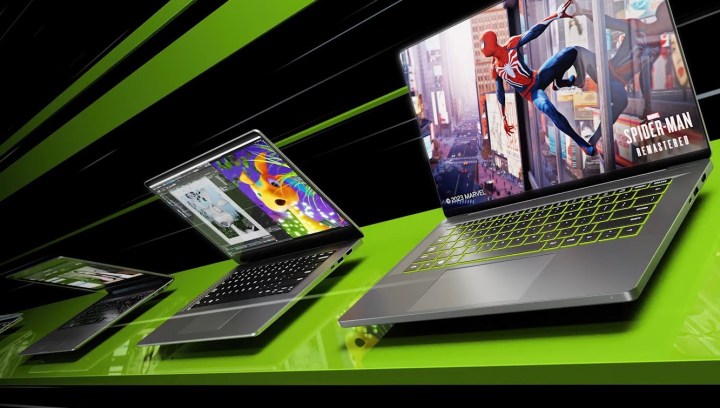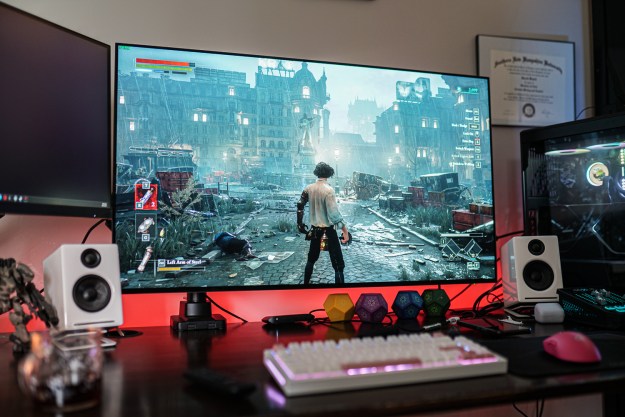
The latest Steam Hardware Survey is here, and there are a lot of interesting insights into the consumer GPU market. While Nvidia makes some of the best graphics cards for laptops, it appears that only two of its RTX 40-series GPUs are actually popular among gamers.
Although some of the GPUs in the survey account for less than 0.15% of all survey participants, only the RTX 4060 and the RTX 4050 made it onto the list when it comes to current-gen laptop cards. There are no signs of the RTX 4070, RTX 4080, or RTX 4090 in their mobile forms.
Even though the budget-friendly laptops made it onto the list, they’re not there in any great numbers. Only 0.20% of all survey participants used a laptop with an RTX 4050, which marks a 0.05% increase from the previous survey; the RTX 4060M fares a bit better with a 0.90% share. The RTX 3060 remains the winner among laptop cards, with an estimated 3.63% of users.
It’s possible that the other

Nvidia’s desktop range fares a little better, with most GPUs already being represented in the survey. The winner is a bit surprising — it’s the RTX 4070 Ti, which is a GPU that failed to impress us for the price that it launched with. However, seeing as it’s been around for a while now and it is much more affordable than the RTX 4080 and RTX 4090, it’s possible that gamers just defaulted to it regardless of its less-than-stellar performance per dollar.
This survey is a big one for AMD, though, as one of its latest GPUs finally made its way onto the list. We’re talking about the RX 7900 XTX; the GPU managed to claim 0.17% of the user base. It’s not a lot, but at least it’s on there. Overall, AMD’s share compared to Nvidia’s is still tiny, with only around 8% to 10% of all surveyed GPUs belonging to Team Red.
As with any Steam Hardware Survey, it’s important to note that sometimes, the results can be skewed or even just completely wrong. Moreover, this is just a look at a portion of Steam’s users, all of whom had to opt in to participate. The actual sales numbers are likely different, but it’s still an interesting look at the gaming GPU market as a whole.
This month, the real surprise was just how much people don’t seem to care for the expensive
Editors' Recommendations
- AMD’s gaming revenue is down by 48%, and it won’t get better
- Don’t buy the RTX 3060 in 2024
- GPU prices are back on the rise again
- Everything you need to know about buying a GPU in 2024
- You shouldn’t buy these Nvidia GPUs right now




